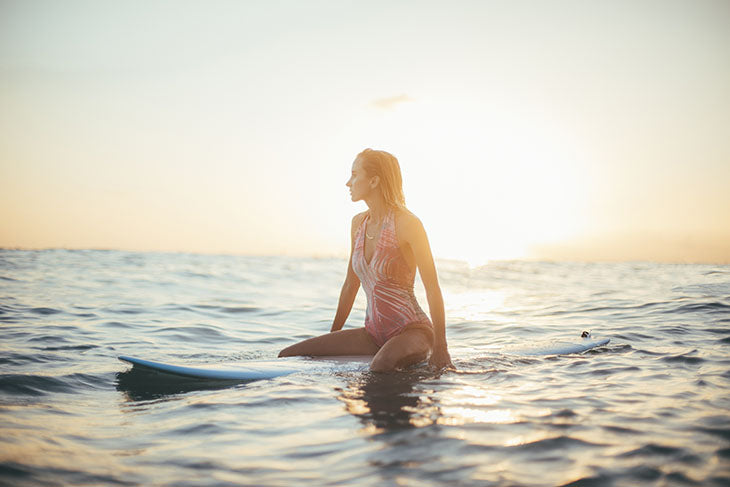Due to high volume, orders may take longer to ship. Learn more.
We have resumed shipping to PO Boxes and remote locations in Canada. Click here for details.
Due to high volume, orders may take longer to ship. Learn more.
We have resumed shipping to PO Boxes and remote locations in Canada. Click here for details.
















































Rocky Mountain Soap Company
April 29, 2025
Hi there Joanne, we will be bringing back our sunscreen ASAP. We signed you up to be notified by email as soon as it is available again :)